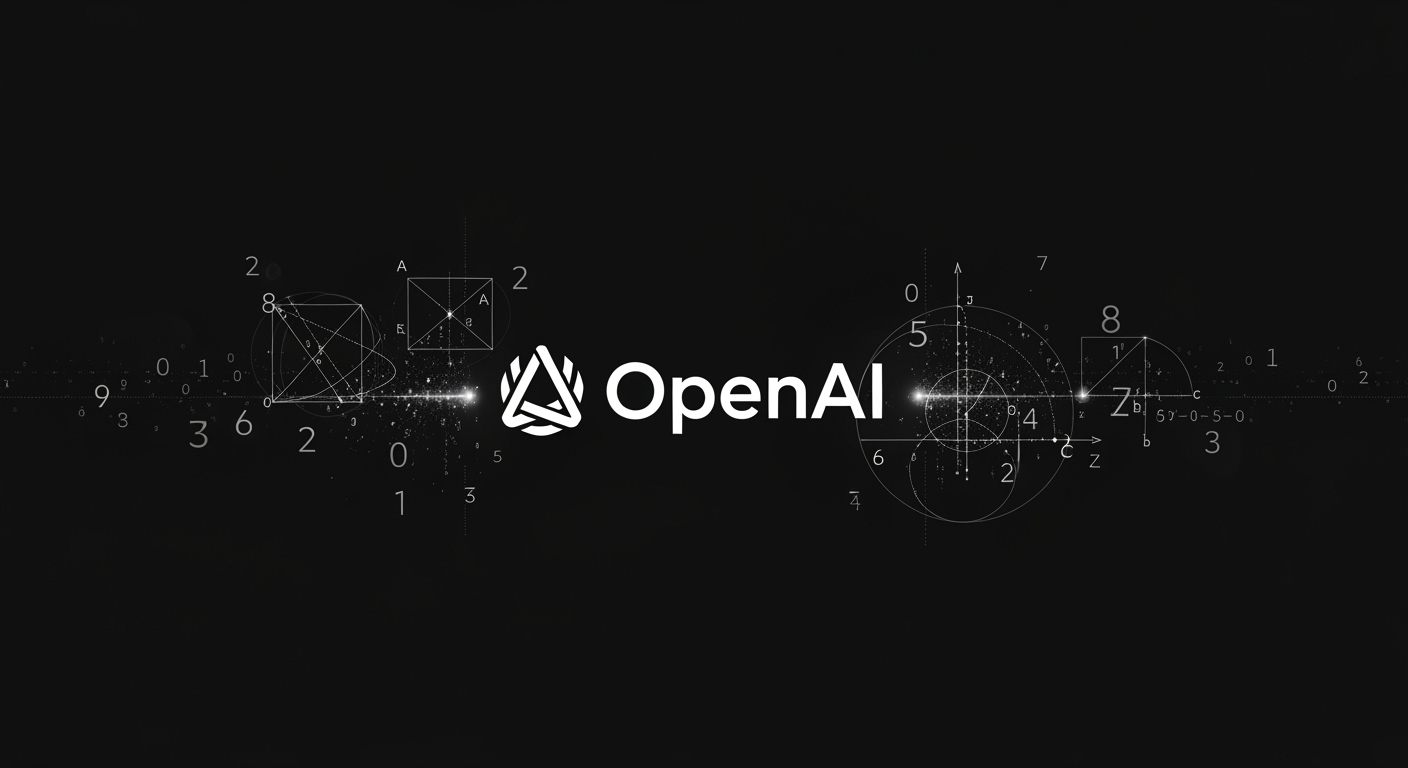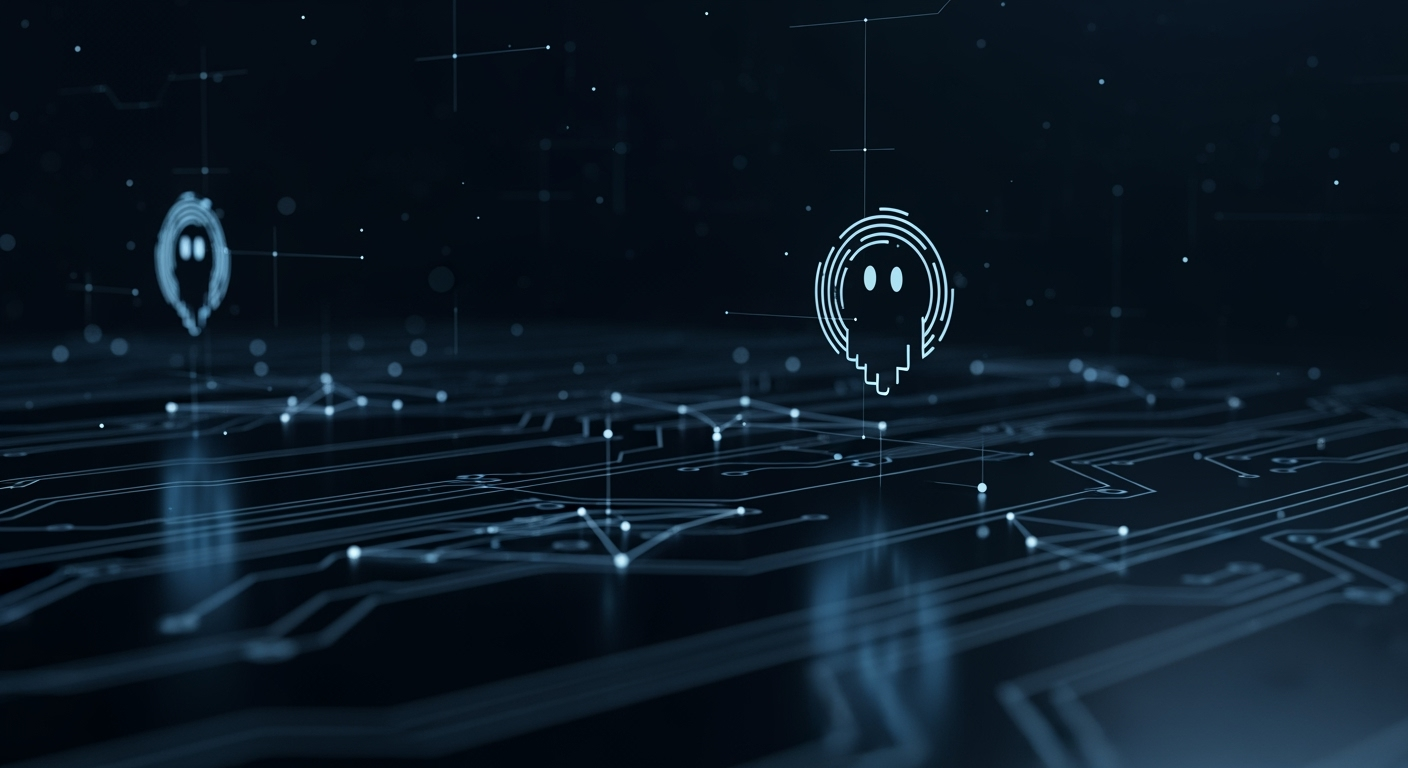Why Some AI Skills Advance Faster: The Reinforcement Gap Explained

The Uneven Progress of AI Skills: Understanding the Reinforcement Gap
AI technology is advancing rapidly, but not all of its skills are improving at the same pace. While coding assistants powered by models like GPT-5 and Gemini 2.5 are making headlines with their remarkable progress, other applications—such as AI tools for writing emails or handling multiple chatbot tasks—are seeing much slower improvements. This disparity is now widely referred to as the reinforcement gap.
Why Is Coding Advancing So Quickly?
The secret behind the rapid advancement of AI in coding lies in reinforcement learning (RL). Coding is a domain where success can be easily measured: either the code works, or it doesn't. This clear pass-fail structure allows AI systems to be trained with billions of automated tests, providing immediate feedback and enabling them to improve quickly and efficiently.
- Bug fixing and competitive programming are RL-friendly tasks that AI can master much faster because the outcomes are objective and testable.
- Industries like software development already have established practices—such as unit, integration, and security testing—that fit naturally with RL techniques.
- Even major tech companies, like Google, highlight how these automated tests not only validate human-written code but also serve as a robust foundation for training AI models.
Challenges with Subjective Tasks
In contrast, tasks like writing a persuasive email or generating a helpful chatbot response are inherently subjective. There is no universal pass-fail metric, making it difficult to automate feedback at scale. As a result, improvement in these areas tends to be incremental rather than exponential.
- Tasks such as creating quarterly financial reports or actuarial analyses fall somewhere in between—potentially testable, but requiring significant investment to develop reliable evaluation frameworks.
- The testability of a process is now a key determinant of whether it can be successfully automated by AI.
Surprising Areas of Progress
Some processes are proving to be more testable than previously thought. For example, AI-generated video was once seen as too subjective for RL to handle effectively. However, OpenAI’s latest Sora 2 model has demonstrated significant improvements in visual consistency, realistic physics, and facial continuity. These advances suggest that robust reinforcement learning systems can be developed for even complex creative tasks.

What Does the Future Hold?
The reinforcement gap is not a permanent feature of AI but rather a consequence of current training methods. As long as reinforcement learning remains the dominant approach, skills that are easily testable will continue to outpace those that require subjective judgment. This has far-reaching implications for businesses and workers:
- Tasks on the "testable" side of the gap are likely to be automated first, potentially reshaping job markets and industries.
- Fields like healthcare, accounting, and creative arts will need to assess which of their processes are RL-trainable to anticipate future changes.
As AI models and training strategies evolve, the boundaries of the reinforcement gap may shift. Unexpected breakthroughs—like those seen in AI-generated video—remind us that today's limitations may not last long.





